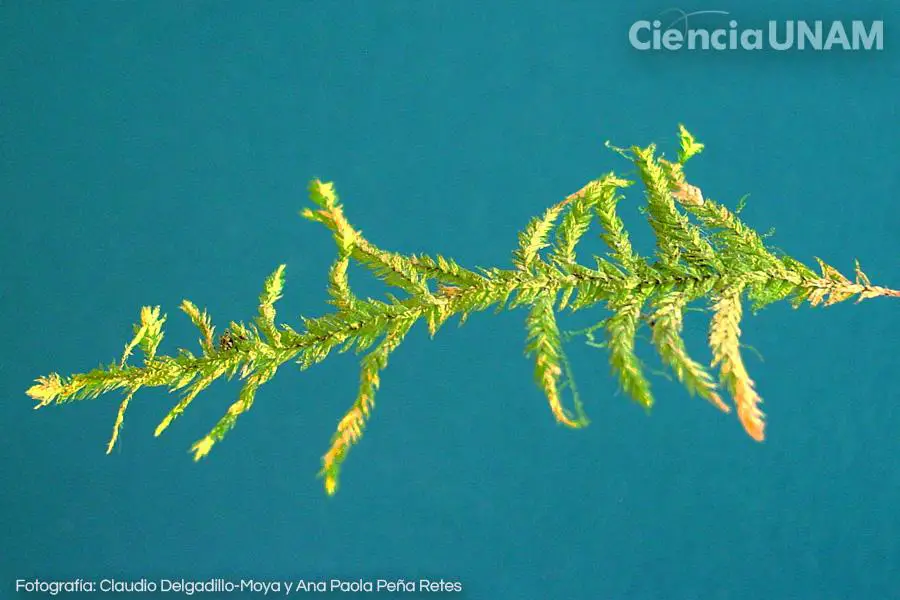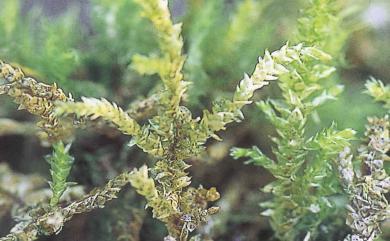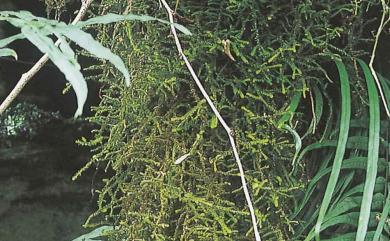
gl_musgos_07_1_30102017.jpg from: https://ciencia.unam.mx/contenido/galeria/161/galeria-diversidad-de-musgos-de-mexico-mas-alla-de-la-navidad
Exploring the Fascinating World of Calyptothecium breviusculum Moss
Introduction
When it comes to the incredible diversity of life on Earth, we often overlook some of the smallest yet most remarkable organisms – like mosses. Today, we’re diving into the captivating world of

0f4836145801cfa62535fa6aa82d7b7a.jpg from: https://taieol.tw/pages/35051/articles
Calyptothecium breviusculum (Müll.Hal. ex Dusén) Broth.

cfa00dea49582263589fa4d9c248269f.jpg from: https://taieol.tw/pages/8962
, a unique moss species of the Pterobryaceae family. Also known simply as Calyptothecium, this tiny plant packs a big punch in terms of its morphology, global distribution, ecological roles, and adaptations. Get ready to be amazed by this miniature marvel!
Background on Mosses
Before we explore C. breviusculum in depth, let’s cover some moss basics. Mosses are non-vascular plants in the division Bryophyta. Unlike other land plants, they lack true roots, stems, and leaves. Instead, they have rhizoids, stems, and phyllids. Mosses are found worldwide in a variety of habitats, from arctic tundra to tropical rainforests. They play vital ecological roles, acting as pioneer species, preventing erosion, filtering water, and providing habitat for micro-organisms.
Morphology and Identification
Calyptothecium breviusculum is a pleurocarpous moss, meaning its sporophytes grow from the sides of the stems. Its scientific name comes from the Latin words “calyptra” meaning hood and “theca” meaning capsule, referring to the hooded calyptra covering the capsule. The species epithet “breviusculum” means shortly pointed, describing its leaf tips.
Identifying C. breviusculum requires observing key traits:
- Stems creeping, irregularly branched
- Leaves ovate-lanceolate, 1.5-2 mm long
- Leaf margins entire, sometimes slightly toothed near apex
- Costa short and double or absent
- Alar cells quadrate to short-rectangular
- Capsules rare, ovoid, 1-1.5 mm long
Global Distribution and Habitat
Calyptothecium breviusculum has a wide distribution across subtropical and tropical regions of the world. It is found in:
- Asia: China, Japan, Taiwan, Philippines, Malaysia, Indonesia
- Africa: Tanzania, Madagascar, Réunion
- Pacific: Hawaii, Fiji, Samoa
- Americas: Mexico, Costa Rica, Caribbean, Brazil
This moss typically grows as an epiphyte on tree trunks and branches in moist, shady forests from lowlands to 2000 m in elevation. It prefers humid, low-light environments and is often found in association with other epiphytic bryophytes and lichens.
Ecological Roles and Adaptations
Like other mosses, C. breviusculum plays important roles in its forest ecosystems:
- Microhabitat – Its mats on trees provide shelter and moisture for insects, spiders, and other small invertebrates.
- Nutrient cycling – It traps organic debris and airborne particles, aiding in decomposition and nutrient cycling.
- Water retention – Its sponge-like mats absorb and slowly release water, regulating humidity and reducing run-off.
C. breviusculum has several adaptations for its epiphytic lifestyle:
- Drought tolerance – It can dry out and rehydrate quickly, allowing it to survive periodic drying.
- Leaf morphology – Its leaves channel water efficiently to the stem for absorption.
- Asexual reproduction – It can spread locally via fragmentation when mats are broken up by animals or storms.
Conclusion
From its tiny phyllids to its global distribution, Calyptothecium breviusculum is a fantastic example of the incredible diversity and adaptations of mosses. The next time you’re walking through a tropical forest, take a closer look at the trees – you might just spot this small but mighty moss going about its important business in the ecosystem. What other secrets of the bryophyte world are yet to be uncovered?